In today’s digital-first world, social media has evolved from a place to connect with friends into a powerful career-building tool. Whether you’re a fresh graduate, freelancer, or someone switching careers, learning how to network effectively on social media can help you land your dream job faster than traditional job portals.
In today’s competitive job market, sending CVs alone isn’t enough — social media has become a key tool for getting noticed by employers and recruiters.
This complete guide, shows you how to build your personal brand, network effectively, and attract the right job opportunities online.
Step 1: Build Your Personal Brand
Before you start applying for jobs or sending connection requests, make sure your online presence represents your professional identity. Think of your social media profiles as your digital resume — they should reflect who you are, what you do, and what makes you valuable.
Define your professional identity:
Be clear about your niche. Are you a WordPress developer, graphic designer, content writer, or data analyst? Mention your key skills in your bio and headline across platforms.
Use a professional photo and headline:
Choose a clear, confident headshot with good lighting. Avoid casual selfies. Your headline should quickly communicate what you do — e.g., “Helping businesses grow through SEO and content marketing.”
Optimize your About section:
Write a short, engaging paragraph about your experience, skills, and goals. Use industry keywords so your profile appears in searches by recruiters or clients.
Showcase your expertise:
Instead of just saying you’re good at something, prove it.
- Share case studies, small projects, or before-and-after results.
- Write short posts with insights, lessons learned, or industry updates.
- For example, a web developer could share: “3 Common Website Mistakes That Hurt SEO — and How to Fix Them.”
Think of your social media as a content portfolio. Even if you don’t have official work experience, you can still share sample projects, mockups, or volunteer work to build credibility.
Step 2: Be Strategic with Your Connections
Networking isn’t about adding hundreds of random people — it’s about building meaningful professional relationships.
Identify your target audience:
Define who you need to connect with — HR professionals, recruiters, business owners, or industry mentors.
Engage before connecting:
Don’t send cold requests. Start by liking, commenting, or sharing their posts. It shows genuine interest and makes your name familiar before you reach out.
Personalize your connection requests:
A short note makes a big difference. For example:
“Hi Kiran, I came across your post about digital marketing trends and found it insightful. I’m a recent marketing graduate exploring this field and would love to connect.”
Follow companies you want to work for:
Engage with their updates, comment thoughtfully, and keep an eye on job openings they post.
Step 3: Find and Engage with Potential Employers
Social media isn’t just for scrolling — it’s a goldmine for discovering companies and clients who need your skills.
- LinkedIn and Facebook have countless industry-specific groups. Participate in discussions, share insights, and offer help — not just self-promotion.
Example: A designer can join “Freelance Graphic Designers” groups to connect with potential clients. - Search for tags like #hiring, #jobsearch, #freelance, or your niche-specific ones like #UIUXDesign or #DigitalMarketingJobs.
- Search local businesses (like “cafes in Lahore” or “salons in Dubai”) and visit their social pages. Offer your services if you see opportunities — for example, redesigning their website or managing their Instagram.
- Create something helpful — a free audit, checklist, or short tutorial — and share it. This attracts attention from people who might later hire you.
Step 4: Nurture Your Relationships and Clients
Getting your first opportunity is great — but building long-term professional relationships is what leads to growth, referrals, and stability.
- Deliver more than expected. Good work speaks louder than any resume.
- Send updates, share useful resources, and check in occasionally — not just when you need something.
- A happy client or employer is your best marketing tool. A short recommendation on LinkedIn can open new doors.
- Congratulate connections on their new jobs or achievements. Genuine engagement keeps your profile active and builds goodwill.
Platform-Specific Tips
LinkedIn:
- Use “Open to Work” feature.
- Post weekly about what you’re learning or working on.
- Ask for skill endorsements and give them back.
Instagram:
- Turn your page into a visual portfolio.
- Use Stories and Reels to show your process or tips.
Twitter (X):
- Follow industry hashtags and leaders.
- Share short insights or comment on trending professional topics.
Facebook:
- Join niche job and freelancing groups.
- Engage in discussions — many clients hire directly from active members.
Finding your first job might feel overwhelming, but social media gives you a powerful advantage — direct access to recruiters, clients, and mentors without gatekeepers.
Be consistent, professional, and genuine in your interactions. Over time, your online presence will speak for you — attracting opportunities naturally. Update your profile, share something valuable, and send one personalized connection request. Your next job might be just one message away.

